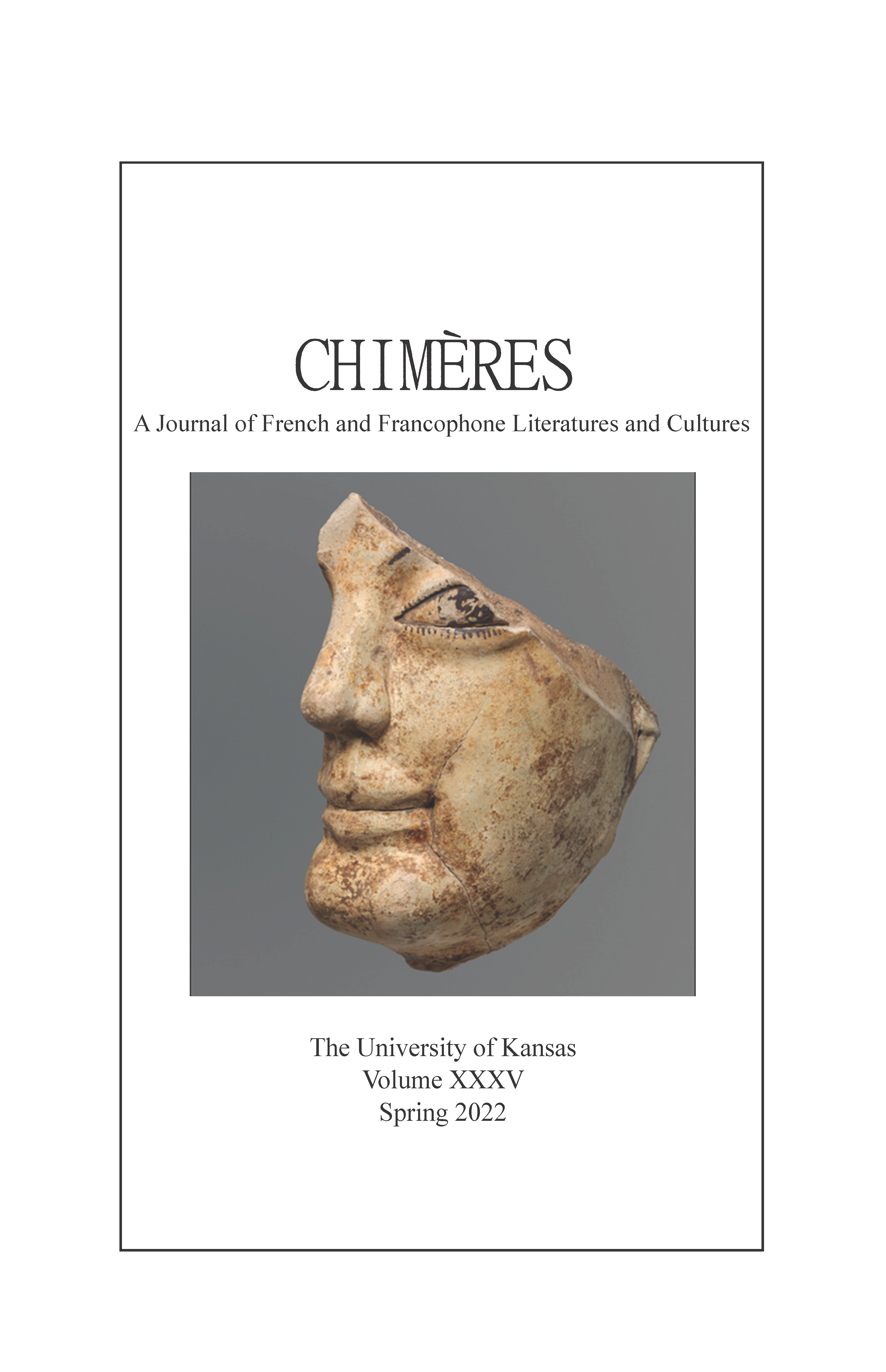Frances métisses, Frances métèques?
How Poet-Rappers Gaël Faye and Abd al Malik are claiming and shaping homes, identities and belongings in contemporary France
Abstract
France’s particular notion of citizenship and national belonging not being a priori related to ethnicity makes it on the surface open to national subjects of all backgrounds. However, the demands of integration require a de facto effacement of the expression of native cultures in favour of a performance or realisation of prescribed or perceived ‘Frenchness’. This has been a source of difficulty, division and even trauma for many immigrants to France; overcoming this division and staking a place in contemporary France considered valid without annihilating one’s sense of belonging to a distant ‘home’ country or culture forms a central concern for many immigrant-origin writers and artists. In this article, I examine the techniques used to negotiate and express a sense of multiple or mixed belonging in the recorded work of spoken word recording artist and novelist Gaël Faye and the rapper-poet Abd al Malik, considered through notions of départenance (Rosello), disidentification (Rancière and Esteban Muñoz) and métissage (both as fact and theoretical angle). How does the œuvre of Faye and other immigrant-origin lyricists both perform and construct identifications, belonging and a sense of home that does not refuse Frenchness but seeks to open it up in order for those of immigrant origin to create their own homes within it?
Author Information:
John Sannaee
Doctoral candidate at l’Université Paris VIII Vincennes-Saint Denis
Maître de langue at l’Université Paris Dauphine
86b rue de Seine, 77250 Veneux-les-sablons, France
john.sannaee@hotmail.com
Downloads
Downloads
Published
Issue
Section
License
Copyright (c) 2022 John Sannaee

This work is licensed under a Creative Commons Attribution-NonCommercial 4.0 International License.
Authors retain copyright and grant the journal right of first publication. The work will be licensed under a Creative Commons Attribution Non-Commercial 4.0 International License that allows others to use it for non-commercial purposes with an acknowledgement of the work's authorship and initial publication in this journal.


